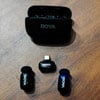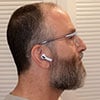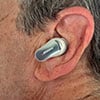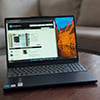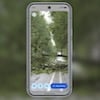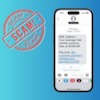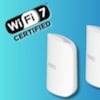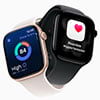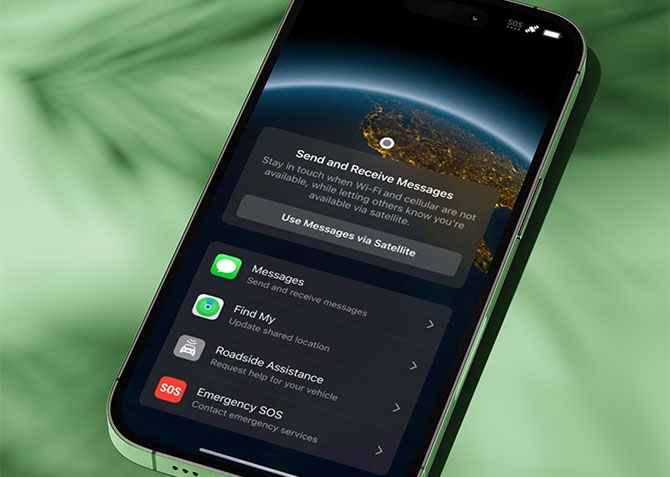
Los Angeles is the second-largest urban area in the U.S., but the northern part of LA County is dominated by the Angeles National Forest and wilderness areas with little or no cell service. Down in the built-up area, some neighborhoods faced catastrophic fires at the start of 2025 that knocked cell networks offline.
It's not surprising, then, that a new study by Ookla (provider of the Speedtest internet benchmarking service) found that L.A. County was the biggest user of the new T-Mobile/Starlink T-Satellite service. It provides basic service anywhere in the U.S. when cell service is unavailable. The next-highest usage counties also include large rural areas: Larimer, CO; Teton, WY; Mohave, AZ; and Mineral, MT. During the January fires, T-Satellite provided free messaging service to about 198,000 Angelenos – a demonstration of what it could do in other disasters, such as hurricanes or blizzards.
T-Satellite supports texting (including sending images) and sharing your location. The company says that other apps that don't require much data may also work, specifically naming WhatsApp, AllTrails, X, AccuWeather, T-Life, and Google Maps. Starlink plans to boost performance to 4G LTE speeds over time, which should expand the number of supported apps.
Despite the name, T-Satellite is available as an add-on to customers of some other carriers. AT&T and Verizon customers with newer iPhones and Android phones that support the technology can connect to the portion of T-Mobile’s licensed spectrum that provides the service.
T-Mobile is not the only, nor the first, to offer what's known as "direct to device" (D2D) satellite service in the U.S. Apple pioneered the offering, providing two-way SOS, Find My, and roadside assistance (where offered) through satellite provider Globalstar for all iPhones beginning with the iPhone 14. iOS 18 added the ability to use iMessage and send SMS texts. Apple also added satellite capability to smartwatches, starting with the new Apple Watch Ultra 3 that launched this fall. The service includes a free two-year introductory subscription to Satellite SOS messaging and if your device has a cellular service plan, first two years also include free Messages and Find My.
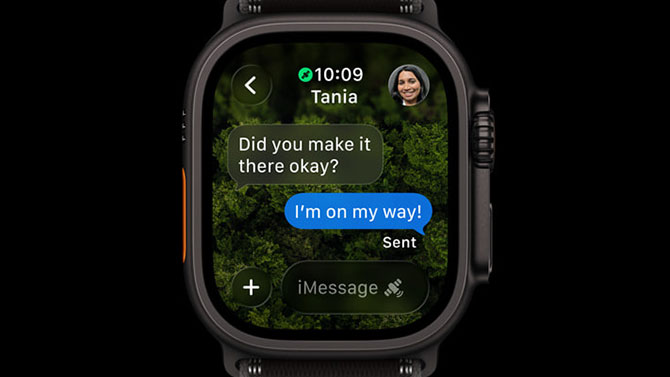
In addition to T-Satellite and Apple/Globalstar, other satellite services include:
- AST SpaceMobile – Partners exclusively with AT&T in the U.S., though the service hasn’t yet launched.
- Skylo – Partners with Verizon and providers that use its network, such as Spectrum Mobile and Xfinity Mobile. It also supports certain Garmin mobile devices without requiring a cellular plan.
How do I know if my phone (or smartwatch) is supported
Beyond iPhones, Android models made in the past 3-4 years typically support one or more satellite services – as long as they can run at least Android 14. The phones also have to support eSIM (the virtual replacement for a SIM card) and, in some cases, multiple eSIMs.
Even if your carrier doesn't advertise support for satellite service, you may be able to access an outside provider for the satellite add-on. That may require having an unlocked phone.
In addition to Apple's Watch Ultra 3, some newer wearables – including Google’s Pixel Watch 4 and Garmin’s fēnix 8 Pro – can send SOS or text messages via satellite.
Read more: Pixel Watch 4: Smarter, Safer, and Finally a True Apple Rival
These are general guidelines; the specific requirements and capabilities may vary by provider and device. Check these help pages to learn more.
- T-Satellite
- Apple + Globalstar
- Verizon + Skylo
- AT&T + AST SpaceMobile (basic info and FAQ, not yet active)
[Image credit: Apple, iPhone mockup via canva]

